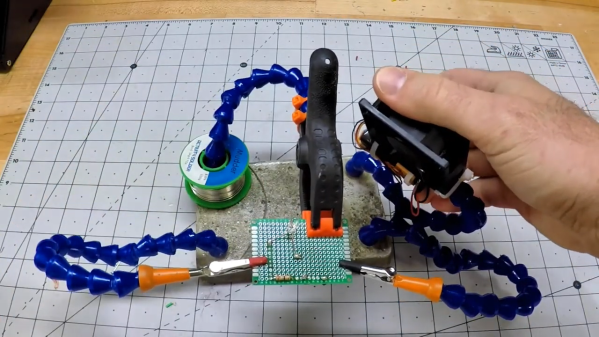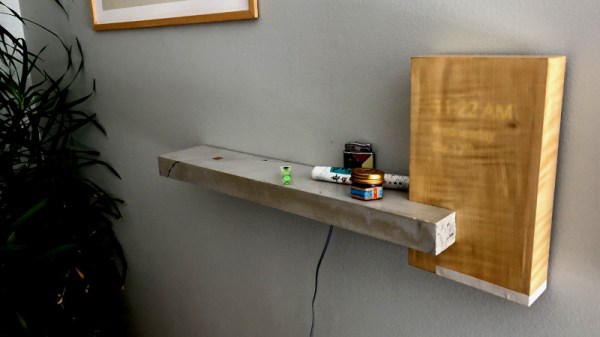Join us on Wednesday, July 29 at noon Pacific for the Ideas to Prototypes Hack Chat with Nick Bild!
For most of us, ideas are easy to come by. Taking a shower can generate half of dozen of them, the bulk of which will be gone before your hair is dry. But a few ideas will stick, and eventually make it onto paper or its electronic equivalent, to be played with and tweaked until it coalesces into a plan. And a plan, if we’re lucky, is what’s needed to put that original idea into action, to bring it to fruition and see just what it can do.
No matter what you’re building, the ability to turn ideas into prototypes is what moves projects forward, and it’s what most of us live for. Seeing something on the bench or the shop floor that was once just a couple of back-of-the-napkin sketches, and before that only an abstract concept in your head, is immensely satisfying.
The path from idea to prototype, however, is not always a smooth one, as Nick Bild can attest. We’ve been covering Nick’s work for a while now, starting with his “nearly practical” breadboard 6502 computer, the Vectron, up to his recent forays into machine learning with ShAIdes, his home-automation controlling AI sunglasses. On the way we’ve seen his machine-learning pitch predictor, dazzle-proof glasses, and even a wardrobe-malfunction preventer.
All of Nick’s stuff is cool, to be sure, but there’s a method to his productivity, and we’ll talk about that and more in this Hack Chat. Join us as we dive into Nick’s projects and find out what he does to turn his ideas into prototypes.
 Our Hack Chats are live community events in the Hackaday.io Hack Chat group messaging. This week we’ll be sitting down on Wednesday, July 29 at 12:00 PM Pacific time. If time zones have you down, we have a handy time zone converter.
Our Hack Chats are live community events in the Hackaday.io Hack Chat group messaging. This week we’ll be sitting down on Wednesday, July 29 at 12:00 PM Pacific time. If time zones have you down, we have a handy time zone converter.
Click that speech bubble to the right, and you’ll be taken directly to the Hack Chat group on Hackaday.io. You don’t have to wait until Wednesday; join whenever you want and you can see what the community is talking about. Continue reading “Ideas To Prototypes Hack Chat With Nick Bild”


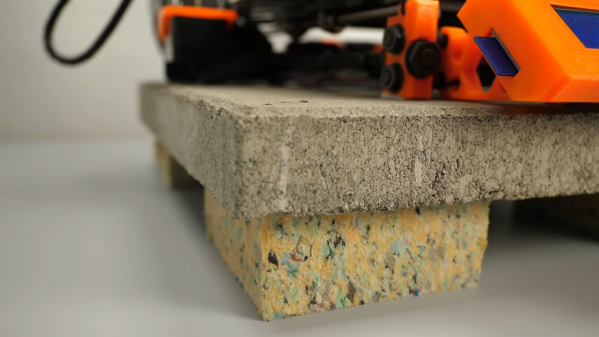
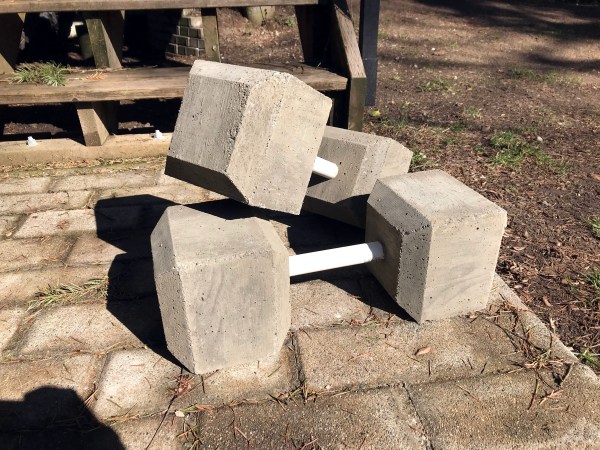
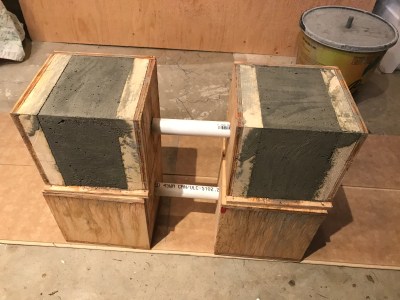 If you happen to have half a bag of concrete — quick set or otherwise — out in the shed you can follow the lead on this one. But even if you’re not the kind of person who has “arm day” on your calendar (most of us here in the Hackaday bunker do not) this hack is still worth your time. Mold making is one of the uber-useful skills you should have in your hacker toolkit and [ShitnamiTidalWave] has done both an excellent job of building a mold, and of explaining the process.
If you happen to have half a bag of concrete — quick set or otherwise — out in the shed you can follow the lead on this one. But even if you’re not the kind of person who has “arm day” on your calendar (most of us here in the Hackaday bunker do not) this hack is still worth your time. Mold making is one of the uber-useful skills you should have in your hacker toolkit and [ShitnamiTidalWave] has done both an excellent job of building a mold, and of explaining the process.
